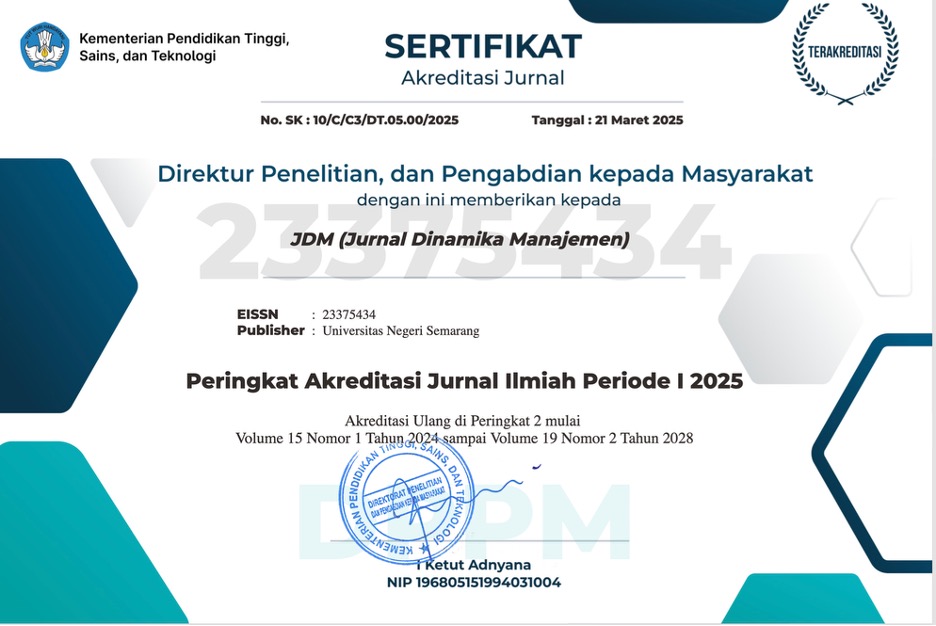How False Advertising Victims’ Experiences Define Their Online Purchase Decision in Fashion Product? - Comparison between Generations
DOI:
https://doi.org/10.15294/jdm.v15i2.10568Keywords:
False Advertising Victim, Hedonism, Impulsive Buying Behavior, Perceived Risk, Purchase DecisionAbstract
This research aimed to analyze how the experiences of victims of false advertising in the fashion industry can influence their behavior in online purchasing decisions. This research used quantitative research, which is based on the positivism paradigm. Research data was obtained from consumers in the fashion industry in Indonesia who had experienced advertising fraud, with a sample size of 200 respondents. Research data was then analyzed using Partial Least Square-Structural Equation Modeling (PLS-SEM) with a moderation model. This research also compared the purchasing decision behavior of each generation as control variables. The results of the analysis showed that: exposure to false advertising and perceived risk do not have a significant influence on purchasing
decisions, both in model one and model two, hedonism and impulsive buying behavior have a significant influence on purchase decision, both in model one and two, hedonism and impulsive buying behavior are neither able to strengthen nor weaken the influence of exposure to false advertising and perceived risk on purchase decision, both models and all control variables consisting of age generation, gender and marital status do not have
a significant influence on purchase decision.
